Anyone who’s ever purchased blueberries at the farmer’s market knows how delicious an edible berry can be. Ripe berries are one of the best treats late summer has to offer. So when a hiker is out in the woods and sees a cluster of heavy berries on the vine, the urge to give one a try is strong. However, most of us have hopefully been warned that there are poisonous berries in the world, some of them with deadly consequences.
For the most part, the advice is to simply avoid eating any wild berries you see. This is because the first rule of enjoying edible wild berries is that you need to be one hundred percent sure of what you’re about to consume. Fortunately, there are ways to go about educating yourself on this so you can safely enjoy the edible wild berries of the world and avoid the dangerous ones.
How To Tell If Berries Are Edible?
There is no way to look at a berry you are unfamiliar with and simply understand whether that one is safe for human consumption. There are some general rules that can be helpful. For example, most white berries are inedible, so you would want to pass that one by. But even if a wild berry is blue, and most blueberries are safe, that doesn’t mean you should eat it if you don’t know for certain exactly what kind of berry that is.
The side effects of eating a poisonous berry are severe, and can even include death.
This doesn’t mean you can’t enjoy wild berries. It just means that if you’re going to do so, you need some education to help you correctly identify the berries you’re seeing and a plan for how to go about that.
How Do You Start Eating Wild Berries?
If you’re going to be hiking and eating edible berries, it’s a good idea to start learning about the deadly berries in your area first. This is counterintuitive for most people, who want to start learning which ones are edible first. This is understandable. You want to find one you can eat! That feels like the real goal here, right? However, the real goal is to be able to eat things safely, and that means avoiding the dangers. This means the safer bet is to first start learning to correctly identify which ones are dangerous. By being most familiar with those ones, you’ll be less likely to jump to believing you’ve just found a safe one and incorrectly eating something dangerous.
So, the first thing you want to do is learn to identify which berries are dangerous. The first step to doing this is to acquire a field guide with color pictures.
Whenever you are identifying a wild berry, you want to check with at least two sources that you trust. This may feel like overkill if you trust one source; however, keep in mind that the pictures will look a little different, many plants look the same, and checking two sources is the strongest way to learn everything you can and be assured that you are educated on the topic.
Some Basic Rules About Berry Color Everyone Should Know
It is not safe to identify berries based on color alone. However, knowing some rules about berry color is a place to start.
Yellow berries and white berries are almost always poisonous. If you are trying to find a wild berry in your area with a light color, you’re going to need to be extra cautious.
Red berries are edible about half the time. You have a lot to learn about eating red berries, but there are definitely options out there. One interesting guideline for red berries is that ones growing in small clusters are more likely going to be poisonous, while single berries are more likely to be edible. If you see a small plant with one red berry growing on it, this is more likely to be something worth checking your field guide for and learning about, since it has a higher chance of being an edible berry.
Blue and black berries can sometimes be dangerous but are most often safe. Again, this doesn’t mean you should eat any dark-colored berry you come across, but it does mean you have a higher likelihood that you have found something edible and it’s worth learning about.
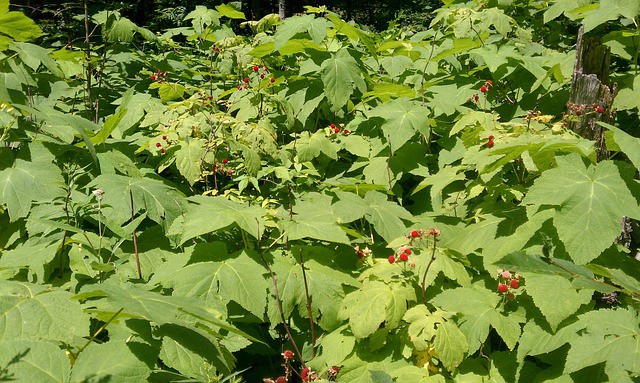
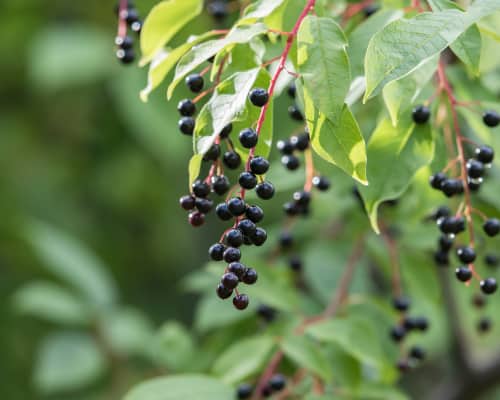
Examining Wild Plants To Determine If They’re Edible
Let’s be real: if you’re just getting started identifying wild berries, they all kind of look the same. They’re just berries, right?
The more you get used to identifying berries, the more it will become natural to see all the various details that help you identify them. There’s actually a lot to see.
Look at wild berries very closely. Take notice of their color, their size, the color of the stem, how they’re arranged on the stem, and the number of leaves growing under the fruit, and what those leaves look like. Are the leaves spiny? Do they appear waxy or glossy? When identifying wild plants, you want to take a close look at all the parts of the plant and then take the time to compare each of those parts with what you’re seeing in your field guides.
Start With Small Amounts
You are confident that you have correctly identified an edible fruit. And now, you’re ready to go ahead and eat some wild berries. However, no matter how confident you are, you still want to start off with just one berry.
Generally speaking, the rule for a new berry is to eat one and then wait two hours for your body to digest it.
Why do you need to start so small if you’re confident that you’re doing the right thing? Because again, when it comes to identifying edible fruit in the wild, you always want to play it safe. If you stick with small amounts, then if you made a terrible mistake and ate one poisonous berry, you’re like to experience some symptoms, but not the most severe.
Give yourself some time and avoid eating large quantities of new wild berries until you’ve tried one and given it time to digest.
What Are Some Wild Berries That Are Poisonous?
In North America, there are many edible and non-edible berries. This list of toxic berries is in no way complete; however, these are some examples of a few that should be clearly avoided.
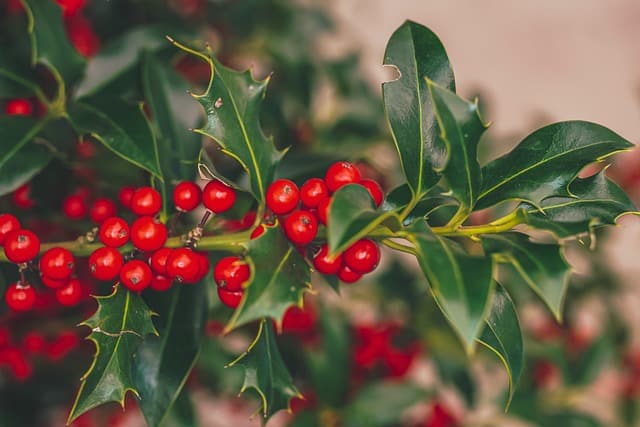
- Holly berries are beautiful red berries that are particularly familiar to people in North America as they are a common holiday decoration. However, these red and waxy berries with spiny green leaves are not safe to eat and should be avoided.
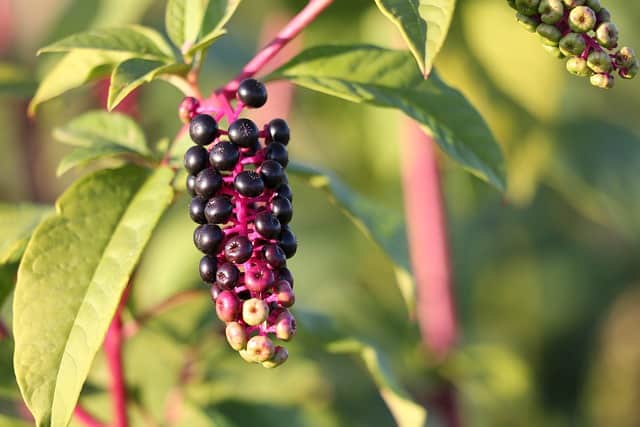
- Pokeweed berries are one example of berries with a dark coloring that are not safe to eat. When eaten in large amounts, meaning ten or more berries, pokeweed berries can be extremely toxic. This is unfortunate because, like the holly berries, they are fairly pretty. Pokeweed berries are usually dark purple and grow in clusters on bright pink stems. They are sometimes bright green in color.
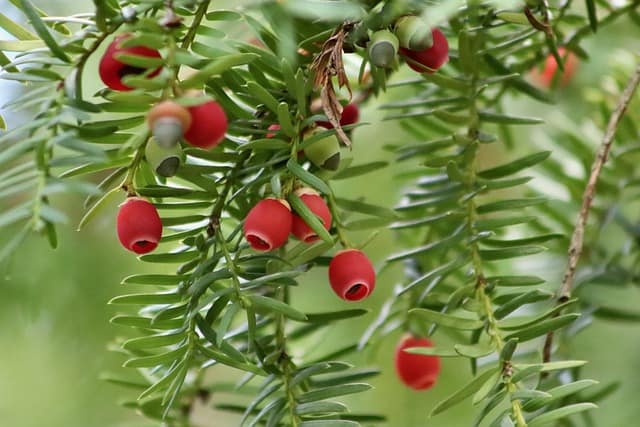
- Yew berries are bright red with a brown seed in the center. They grow on an evergreen shrub.
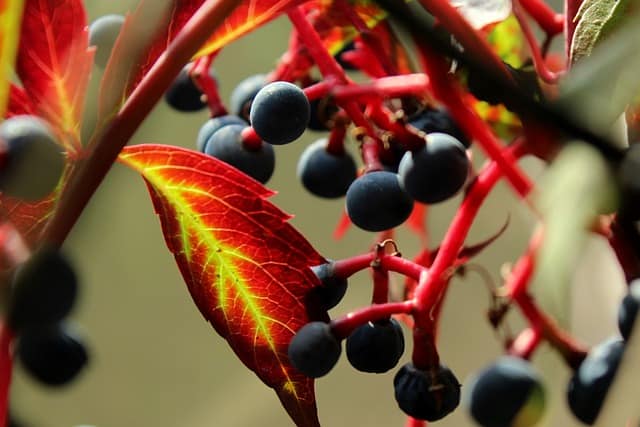
- Virginia creeper berries are sometimes confused with poison ivy. Both are common wild plants in the United States. However, virginia creeper berries are not irritating to the touch the way poison ivy is. However, its leaves and berries are toxic when eaten. The wild berry on the virginia creeper contains oxalic acid, which isn’t safe for humans or pets to consume.
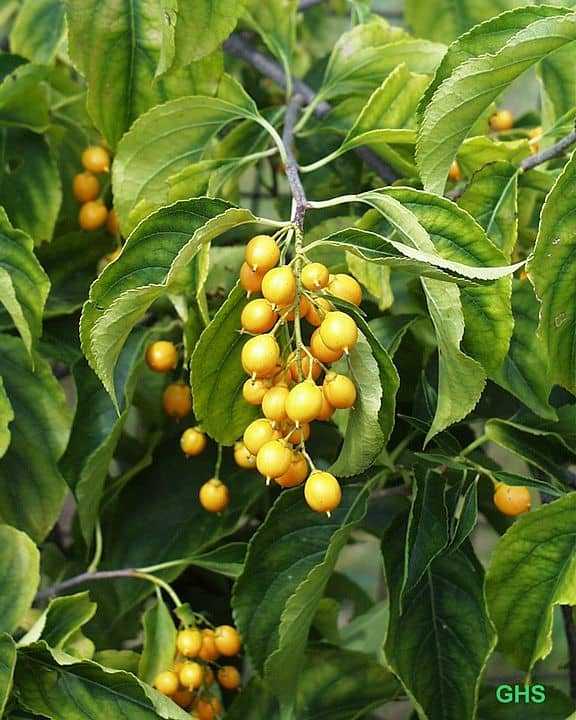
- American bittersweet berries are a beautiful bright red. In the fall, they have bright yellow leaves. These berries are common in the southeast of the United States. While they’re gorgeous plants, they are dangerous to eat, especially for pets and small children.
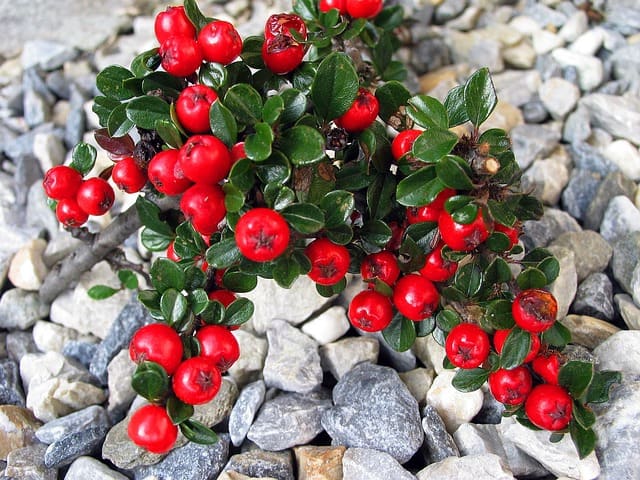
- Cotoneaster berries grow on an evergreen shrub that appears more like a small tree than a bush. Its long branches grow so heavy with bright orange berries that it’s sometimes difficult to see the green leaves beneath. Unfortunately, those berries are not safe to eat. When large amounts of cotoneaster berries are eaten, symptoms may include trouble breathing and seizures.
What Do I Do If I Think I’ve Eaten A Poisonous Plant?
When it comes to the dangers of eating a toxic plant, it’s always better to be safe than sorry. Don’t worry about overreacting. Instead, if you have suspicions, go ahead and take the first steps to ensure your own safety.
If you think you may have eaten a poisonous berry, get in touch with a medical professional right away. Immediately call your doctor or go to the emergency room. At the same time, you can call poison control. They will be able to give you more information on your next steps and anything you may be able to do. Be sure to give them as much information as you can to help them possibly identify the possibly toxic berries.
Symptoms Of Berry Poisoning
The symptoms of berry poisoning are widely varied. A change in heart rate or some abdominal pain could all be signs of something being very wrong. Realistically, if you in any way feel unwell, and you recently ate a wild berry that was new to you, your safest bet is to get in touch with a medical professional and/or call poison control to discuss what has happened.
With that in mind, some of the common symptoms of berry poisoning include stomach pain, nausea, committing, diarrhea, dizziness, low blood pressure, difficulty breathing, convulsions, cramps, and blurred vision.
What Are The Health Benefits Of Berries?
While toxic berries can cause terrible side effects, edible berries are full of amazing health benefits. Berries are one of the best sources of antioxidants, an essential part of human health that can help fight cancer. They’re also packed full of Vitamin C, an important part of health in general. They are also generally high in magnesium, and potassium, and can help maintain a healthy gut.
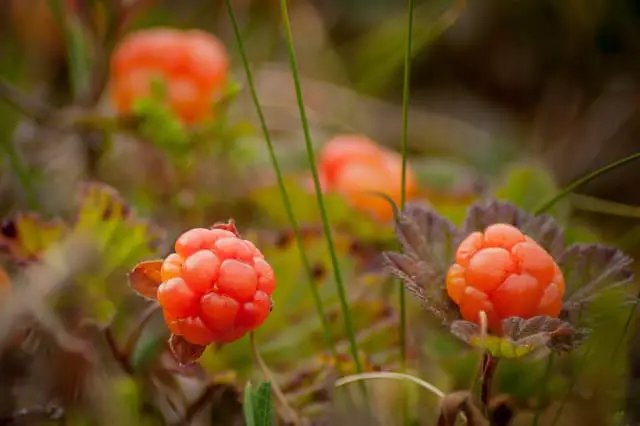

What Are Some Edible Berries You Can Find In The Wild?
Once you’ve become practiced at identifying toxic berries, you’ll have the opportunity to notice some of the many edible wild berries growing along trails. One of the best examples of edible wild berries you may find include wild grapes growing heavy on the vine.
Some other wild berries you may find include chokeberries, elderberries, cloudberries, huckleberries, blackberries, and black raspberries.
What Is The Easiest Way To Enjoy Berries?
Truly, the easiest way to eat a berry is always going to be by buying one in the supermarket. If you’re looking for an easy path to getting the health benefits berries provide, that’s the best answer. Foraging for wild berries is a fun activity for outdoor enthusiasts who are passionate about identifying wild plants and eager to learn more about them. Finding the occasional snowberry and snacking on one in the woods is a fun treat. Happening across some wild grapes in your yard, correctly identifying them, and happily eating them when they become ripe is a sweet little joy.
However, the adventure of eating wild berries probably isn’t for everyone, since most people may not want to go through the many steps it takes to learn how to correctly identify toxic berries and edible ones. And that’s okay. For those people, sticking to the grocery store offerings is the safest and easiest bet. For the rare outdoor enthusiast who loves identifying and consuming wild berries, remember that you want to take the time to learn as much as you can before you go about eating them, and then enjoy the rare treat for the special gift it is.
Recent Posts
The only venomous snakes in Washington State are Northern Pacific Rattlesnakes. The Northern Pacific Rattlesnake (Crotalus oreganus oreganus) is a sub-species of the Western Rattlesnake. Anyone...
Skunks are not classified as true hibernators. But they go into a state of torpor when the weather gets cold. Skunks are light sleep hibernators, along with opossums, bears, and raccoons. ...
